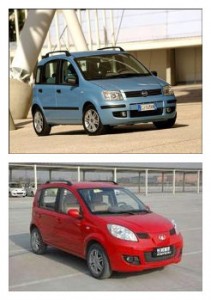Strategies for Protecting Intellectual Property Rights in Online Education Platform Software
(By Gao Shaoyi, Li Rong)Online education is becoming increasingly more important to educational and training industries due to the impact of Covid-19. Online education platforms provide various educational services including course video recording, live online teaching, personalized teaching and instructing, test question searching, work assessment, etc., which to some extent reduce the effect of suspension of on-campus classes on teachers and students. There are many online education platform developers and a lot of online education platform software products launched. Some software brands are copied from others. Therefore, for online education platform software developers, giving a protection for intellectual property rights in their online education platforms in all respects is the only way to gain more core competitive advantages and succeed in today’s market.



